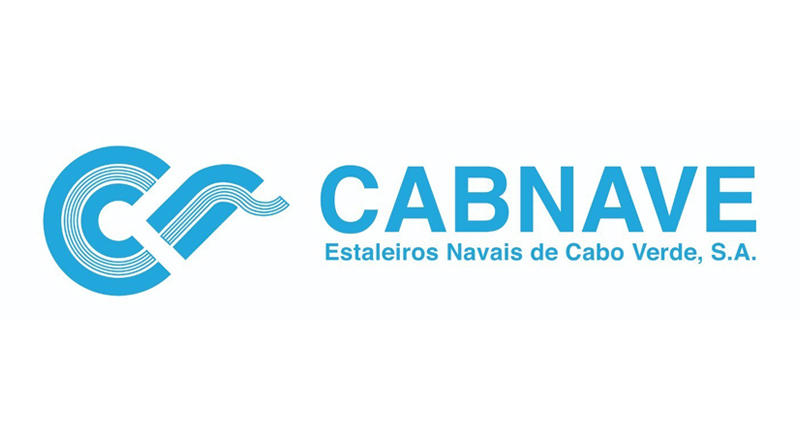Innovative Technologies in Ship Repair
From ultrasound to robotics. Discover how innovation is transforming ship maintenance.

Innovative technologies in ship repair are redefining the standards of efficiency, safety and sustainability in the sector. Although not all of them are widely implemented in Cape Verde, some — how ultrasound scanning — are already part of Cabnave’s daily routine. Others, such as drones, 3D scanners and underwater robotics, represent promising trends that illustrate the potential for modernisation in the naval sector. In this article, we explain the role of these technologies, highlighting what is already being applied at the shipyard and what could represent significant advances in the area of ship maintenance.
Ultrasonic Probing: Diagnosis with Invisible Precision
Ultrasonic sounding is one of the most effective tools in non-destructive testing (NDT). This technique consists of emitting high-frequency sound waves through the ship’s metal structures. When these waves encounter discontinuities such as cracks, corrosion or loss of thickness, they reflect differently, allowing them to be detected without the need for dismantling.
At Cabnave, ultrasonic sounding is used to inspect hulls, tanks and critical structures, helping to make technical decisions based on objective data. It’s a fast, safe and non-intrusive method – ideal for efficiently guaranteeing structural integrity.
Did you know that it is possible to inspect up to 500 structural points with no impact on the final budget?
*Ultrasonic Survey on the Ship Kriola: Technical Hull Inspection by Cabnave
Drones, 3D Scanners and Underwater Robots: Looking to the Future
Although not yet operational at Cabnave, technologies such as drones, 3D scanners and underwater robotics are already being used at other international shipyards. Let’s see what they offer:
Drones: used for aerial inspections in areas that are difficult to access, such as masts and chimneys, without the need for scaffolding or risks for technicians.
3D scanners: generate high-precision digital models, ideal for planning repairs or re-engineering.
Underwater Robots (ROVs): carry out inspections below the waterline without the need for docking, with real-time video transmission.
These solutions represent the next step in the modernisation of the sector and reinforce the importance of investing in technical innovation.

Benefits of Innovative Technologies
Even with just one of the technologies in place, the benefits are already clear:
1. Safer and faster diagnostics
2. Reduced dismantling and downtime
3. Technical decisions based on real data
4. Better planning of interventions
As we evolve, integrating new technologies into ship repair will be essential to meet the demands of the international market and the needs of increasingly sophisticated vessels.
Entrust your ship's safety to those who innovate with rigour
At Cabnave, we are committed to applying efficient and reliable solutions such as ultrasonic sounding — and attentive to the innovations that will transform the sector.
Share this article
If this article was useful, share it with colleagues and professionals in the field:

